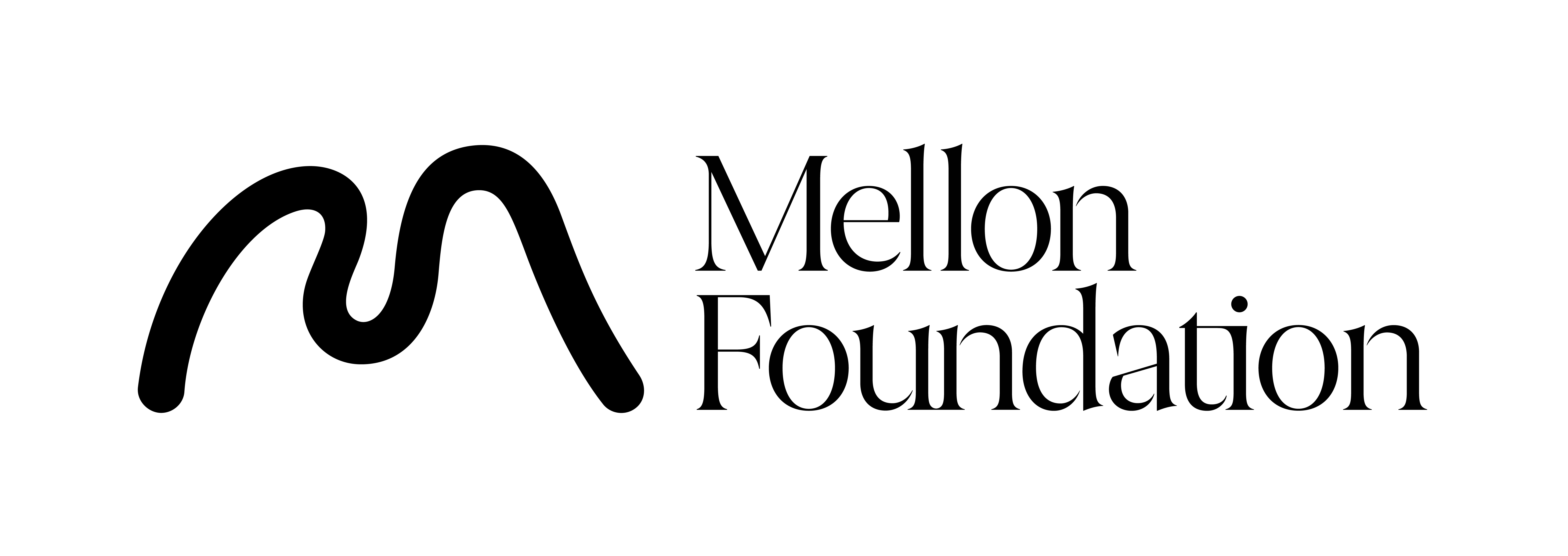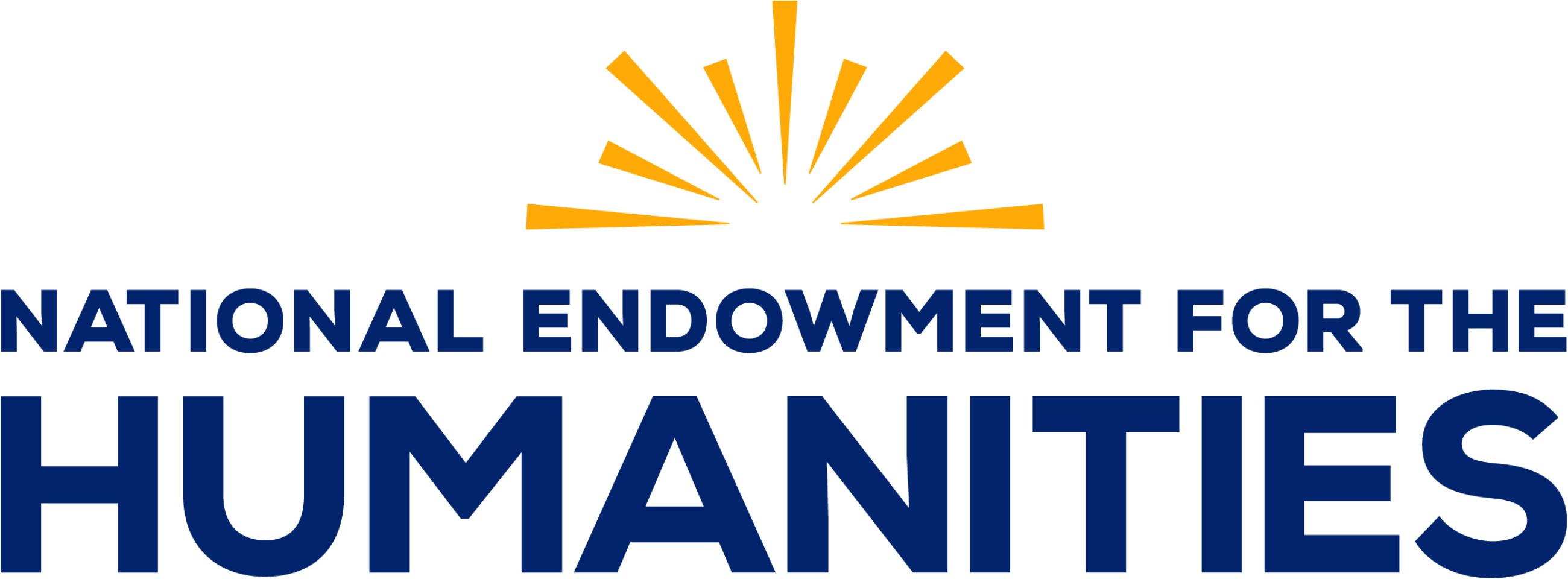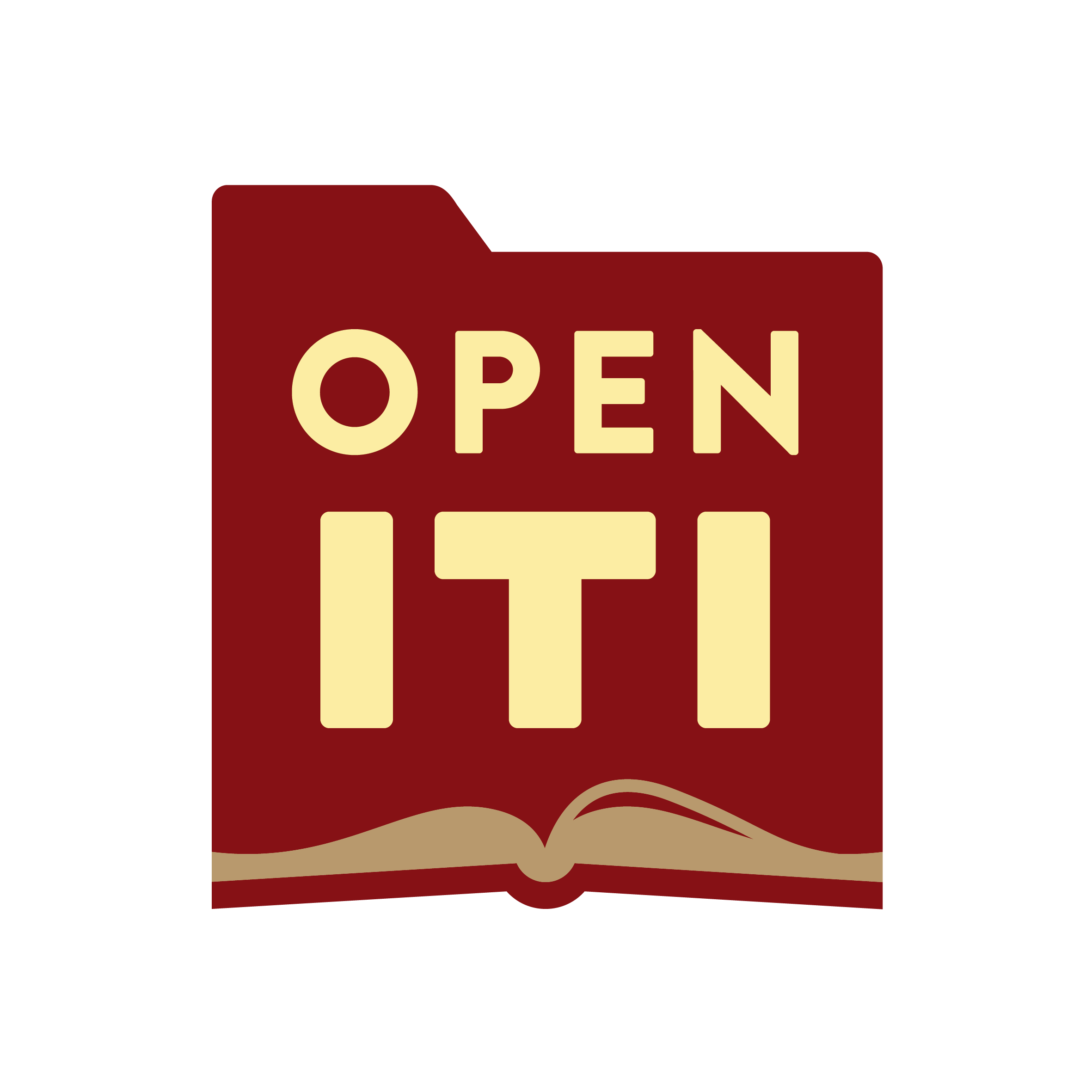As 2023 draws to a close, I wanted to use this last blog post of the year to reflect on OpenITI’s pedagogical and outreach work, or at least the parts with which I have been closely associated. Over the course of the last year, I put together and oversaw two reading and working groups, taught our summer digital paleography and codicology course, and, for part of the year, ran our Twitter account and sought to revitalize this blog. Some of those endeavors were more successful than others, and in what follows I’m both highlighting my own shortcomings working in this outreach and pedagogy space while also thinking through the common thread of all of these things, namely their taking place in online spaces and through various digital media. This post will serve as documentation of these efforts, and hopefully provide some useful material with which to think about future projects along similar lines.
Our longest-running outreach project this year was the series of reading and working groups I organized for both the spring and fall semesters, and which will continue into next year. For fall 2022 into spring 2023 our theme was the broad history of Islamicate textual technologies, stretching from the origins of Arabic script in antiquity all the way to the digital age; speaking only for myself, this was a fascinating journey, opening vistas into topics with which I had only vague prior familiarity. In both this and the fall reading group we have had global participation from individuals in various positions and many different institutional settings; indeed one of the more important challenges has been finding a time of day that can accommodate people in every corner of the world (on this front I am always amazed and inspired by people who are able to meet in the late hours of the night and still contribute to the conversation!). For the fall reading group, my original plan was to have two separate sessions, one for Persian and Urdu readers, the other for Arabic and Ottoman Turkish readers, with some secondary literature reading and a mix of direct manuscript reading and transcription and annotation work. This proved somewhat harder to execute than I had envisioned in my head, and over the course of the fall we ended up spending more time on secondary source literature, really serving as an introduction to Islamicate codicology and history of the book as it relates to manuscript culture (though we did touch on the emergence of print). We still managed to do a fair amount of direct manuscript examination, though I think we could have done better on this count; my probably over-ambitious idea of producing some digital annotated editions of manuscripts was less successful (though I am hopeful we will return to this project in the spring). For the spring we are changing tack once again, taking a more digital humanities-centric approach, and looking to devote a separate session in the week just to manuscript reading and discussion, focusing on a set of manuscripts for closer and more extensive study.
Our most intensive project this year was our summer digital Islamicate paleography and codicology course, in which we invited (out of many, many applications) five graduate students at a range of institutions to participate in an intensive course of readings, discussion, and transcription work using the eScriptorium platform. This was the second time I ran this course, with much more success I would say thanks to the power of hindsight—for instance, we had realized that trying to fit everything into one day a week was simply too much, so this year we divided sessions into Tuesday and Thursday meetings, which was a much better arrangement. Another marked improvement was in our making the students’ work more focused: this year students contributed to our multi-witness manuscript text project, picking a text upon which to focus (in some cases something they were already working on, in other cases something discovered in the course of the summer school) and locating manuscripts which they then transcribed. We also made better use of our Slack workspace this time around, with students actively posting and interacting on the various channels, including material only tangentially related to course material, with such discussion and interaction an important component to an intensive course, but often hard to replicate remotely. In particular, students did a fine job of using Slack to discuss paleographic difficulties and codicological questions, sharing images and files and highlighting problems encountered as well as interesting features. Unfortunately, because we were on the free tier of Slack, the record of our interactions is now locked away behind a paywall… We were also able to work through some of the issues inherent in eScriptorium with collaborative work, though there as well there is room for improvement. On the whole I was very pleased with this summer session, both in terms of mistakes corrected from my previous time running it and in terms of our students, who brought a wonderful diversity of geographic, chronological, and thematic approaches to the course as well as mutually complementing bases of knowledge in both Islamicate history and in digital humanities.
While we did not feature as many invited speakers this year as in the previous iteration, it was still nice to have folks from the outside come on and provide expertise and experience that I lack; likewise, we were fortunate in our reading groups to have some excellent invited speakers, and in the coming year I hope to integrate outside presenters more often, both within established instructional settings and via video/podcast options (on which see below).
Finally, about mid-way through the year or so I took over the OpenITI Twitter account and began a campaign of regular blog posts on this website. The latter has continued more or less on schedule, helped along by guest posts by some of our summer course students (a form of engagement I wish I had utilized more extensively, in fact; I would love to see more guest posts, and if anyone out there reading this is interested in contributing do let me know!). I’ve largely restricted my use of our Twitter account to post updates concerning OpenITI, link to blog posts, and to retweet relevant material from colleagues and adjacent organizations. This is one area I’m not entirely satisfied that our level and mode of engagement and outreach is sufficient: I suspect that it would be a good idea to include more ‘original content,’ something that I try to do regularly on my personal Twitter account, where I have found, to my happy surprise, that manuscript-related posts are often quite popular, circulating far and wide in the Twitterverse. Of course, as even non-users will no doubt be aware, Twitter (technically ‘X’) is not without its problems, though the expectation of imminent doom have subsided considerably in recent months (no doubt in part due to considerably more pressing large-scale problems than the relative health of a social media website). While many people who at some point during the new owner’s tenure migrated away to other platforms, my sense is that many have found their way back (my own foray on a competitor platform has since gone inactive…). That said, the available audience has certainly fragmented somewhat, and to be totally honest I’ve no desire to maintain accounts with engagement on multiple platforms (beyond the possibility of an Instagram account, which we might open this spring).
In terms of other platforms/media, I had planned to record and post podcast-style interviews with various people working in the area of Islamicate DH; this is the one area of outreach in which, for this year at least, I met defeat. I am still aiming on expanding in this area come spring, as I do think that online talks, interviews, and the like fulfill a need that text-heavy material (my native domain, to be sure) does not. In terms of platform, at present we host our video and audio material on YouTube, but this is an area in which I am open to additional suggestions and experimentation.
Turning now to broad lessons learned and issues encountered: at the risk of sounding a bit cliché given that this is hardly a new topic anymore, teaching and interacting with other scholars and members of the public virtually has both its rewards and its downsides. The greatest upside of online meeting spaces is one that we risk losing sight of as have become so accustomed to it: the ability to bring together in a virtual setting people from literally opposite sides of the planet, and to do so in real-time, seeing one another’s faces (and, in my case at least, one’s cats and/or children from time to time!) and speaking to one another, all without requiring expensive (and ecologically and climatically fraught) travel to some conference or workshop halfway around the world. Now, such interactions are not a replacement for actual ‘in-person’ interaction and teaching, to be sure, but they are invaluable for reaching people around the world and outside of traditional academic settings. This technological ability is especially important when it comes to areas of study and practice that are, in even major universities, quite niche, such that in many places in-person courses or reading groups on, say, Islamicate paleography and book history, simply could not be viable. As many commentators have begun to notice, the internet broadly is—once again—becoming an important engine of niche development, of allowing small and geographically dispersed communities form and interact, with both positives and negatives when thinking on a larger social scale.
Now for some shortcomings and downsides, some of which are inevitable, some of which can be rectified I think through adjustments, including simply in our expectations. One of the trickiest areas of negotiation, both in our pedagogical and outreach functions as well as in our own team communications, has been the choice of platforms for communication and collaboration. As we are all aware, the modern digital communicative landscape is marked simultaneously by a handful of giants—Google, Twitter, etc—as well as a seemingly infinite array of other platforms, apps, and options. Finding which ones to use, and how to balance the needs and predilections of different colleagues, team members, and people from the ‘general public’ are not easy tasks, and inevitably we end up using bits of this and bits of that, to varying results. It is beyond the scope of this essay, but we have dealt with similar problems and challenges when it comes to data generation, sharing, record-keeping, and so forth, ordinary problems of organization and record-keeping made more complex by the multiplicity of platforms and applications and file types.
Outreach in general faces a challenge familiar to us all: reaching audiences is in many ways an exercise in luck, given the sheer saturation of choices and the relatively random means whereby ‘content’ appears on our screens. It is hard, if not impossible, to keep up with every project, institution, or colleague within one’s orbit; whether it is via social media, email, RSS feeds, or what have you, we are bombarded with content all day every day. This is why maintaining personal relationships and developing and promoting opportunities and spaces for those relationships to arise, is so important, in both the digital realm and in the ‘real world.’ It is here that things like in-person conferences and workshops have so much utility, functioning much as gatherings of otherwise dispersed humans have since at least the late Paleolithic if not before: they are relational and cultural nodes, intense bursts of activity and interaction that can then be perpetuated at a distance once everyone disperses, even if it is only through the sharing and explication of resources and ideas during the time of meeting.
In an ideal world, we would have an expansive budget such that we could gather together dozens of interested graduate students from around the world for our summer course, flying them (with zero carbon footprint!) to some ideal physical location, preferably with easy physical manuscript access, for intensive learning sessions and digital work on different machines but in the same physical space. But such a scenario is simply not realistic, for us at least at this stage (and at present certainly there is no getting around the immense ecological cost of long-distance travel, unless you’re going by sailing ship!). Digitally mediated meeting and pedagogy works well for our concerns, and I am confident that we will continue to improve and to better understand both the allowances and the limitations of virtual meeting and instruction, allowing us to reach people in places that have so often been marginalized or completely overlooked when it comes to Western academia. There are still hurdles and barriers: the sheer breadth and width of our wider field means that we will inevitably have multiple language competencies, with not everyone in a given group able to read in all represented languages (while I am decently competent in Arabic, Persian, and Ottoman Turkish, I have only basic knowledge of Urdu, for instance, and virtually none at all of any number of other vernacular tongues represented in the global manuscript tradition). I am also acutely aware that our language of instruction, English, while having the utility of being now a global lingua franca, means that some participants will struggle more with understanding and communicating their ideas, and that we need to find ways to better accommodate the multi-linguistic nature of our wider field.
Let me conclude just by thanking everyone who participated in and contributed to our reading groups, summer course, and online presence, whether that was regular attendance in a reading group, presentation of recent work, or simply retweeting the OpenITI account. At the risk of sounding a little sentimental—though it is after all almost Christmas—my own experience within the field of Islamicate studies has long been a very positive one, filled with warm and mutually respectful relationships with people from all around the world, united by common interests and concerns and with genuine care for one another. As the future of our fields and of scholarship and humanistic learning widely appears more and more fraught, under the pressure of many different things, our ability to connect with one another and to mutually support and aid one another on both intellectual and quotidian fronts will become more and more crucial. Online means are and will remain for the foreseeable future vital in such work, and the better we can learn to utilize them, the better for our various fields and for each of us as persons.






